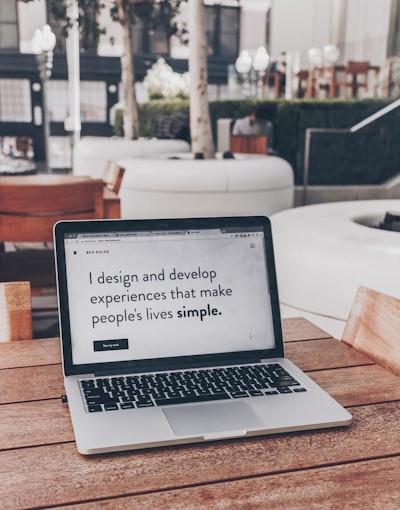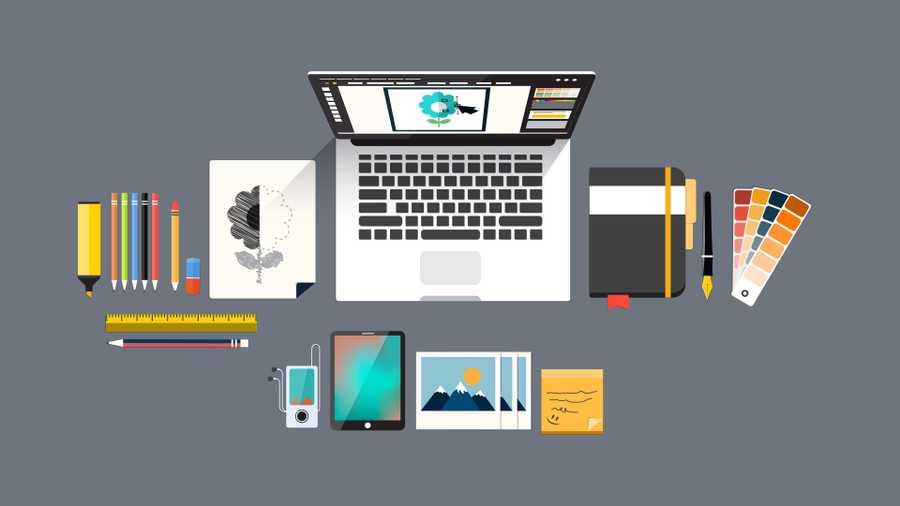This 6-Step Graphic Design Process Drives Results | Brafton
Curated from: brafton.com
Ideas, facts & insights covering these topics:
8 ideas
·1.11K reads
17
Explore the World's Best Ideas
Join today and uncover 100+ curated journeys from 50+ topics. Unlock access to our mobile app with extensive features.
The graphic design process
Graphic design is a critical visual communication tool marketers use to convey key messages about a brand that resonates with target audiences. It’s all about producing visual assets that are eye-catching, on-brand and aligned with specific messaging.
The graphic design process, then, is what a designer follows to bring design ideas to life while serving a client’s end goals.
As a creative process, designing graphics involves equal parts of “creative” and “process.”
31
245 reads
Build out the creative brief
Also called a design brief, this document will capture all of your client’s wants and needs and other key project specifications.
Your creative brief should address:
- Company information (e.g., mission, offerings, unique value proposition).
- Brand guidelines.
- Target audience.
- Asset type (e.g., logo design, UX design, eBook design).
- Purpose of the asset and how it fits into the overarching marketing campaign.
- Initial design concept or creative direction.
- Production-related design specifications.
- Delivery format and file type.
- Project timeline, with key milestones.
- Budget or cost of the design work.
43
169 reads
Research the design ecosystem
During the research stage, spend time:
- Understanding the specific product or service you’re representing.
- Examining competitors’ design work.
- Assessing your brand’s market positioning and differentiating qualities.
- Exploring other visual content your target audience consumes, beyond your niche.
- Considering how you might apply color theory and design trends.
- Gathering inspiration images and building out a moodboard.
You’ll use your findings to inspire original ideas, solidify the overall design approach with other stakeholders and back up the design decisions you make later on.
36
137 reads
Develop and refine the graphic design concept
Depending on what you’re working on, the concept development and refinement stage may involve sketching out thumbnails, mockups or graphic elements.
Regardless of the scale of your project, it’s important to present your initial concepts to the rest of the team. A good graphic design rule of thumb is to pitch 3 ideas:
- Provide exactly what the client asked for.
- Offer your interpretation of what you think they’ll like, based on everything you know.
- Pitch a new concept or idea that could still meet the brief.
Have your client or colleagues pick one of the three, and continue refining it.
32
113 reads
Create the design
Once all stakeholders are in agreement and you have all that you need to proceed with the design, it’s time to execute the project.
During the design stage, a graphic designer will be expected to implement best practices related to the use of color, typography, the hierarchy of information and positive and negative space. They’ll also put technical skills to the test, using the right software and other design tools to get the job done in the most efficient way possible.
30
108 reads
Collect and implement feedback
Depending on what type of team you’re working with, this part of the graphic design process may look something like this:
- Submit the design work for internal review.
- Make any requested changes.
- Present the updated design to your client or other decision-makers.
- Explain how your design decisions align with the creative brief and the direction you agreed on.
- Gather feedback from all stakeholders.
- Confirm your next steps.
- Make the requested changes.
- Present this new version to the rest of the team.
31
108 reads
Finalize and deliver the design assets
Now that you’ve gotten final approval from all stakeholders, you’re ready to deliver the assets in the appropriate formats.
- Package them up so they’re ready for production and can be easily implemented into whatever digital or print format your recipients need.
- Your creative brief should articulate what deliverables you should share. You should make sure to send the asset in the correct file types and sizes so no changes are needed later on. Helping your recipients avoid the hassle of modifying the files or asking for further support can make for a better experience for everyone involved.
29
100 reads
How following a graphic design process drives results
Graphic design and marketing go hand in hand — and generating marketing results isn’t easy without a solid strategy in place for communicating across teams and producing visual assets that meet your specifications
Once your creative brief is approved, this serves as both your instruction manual as well as your contract for this particular project. It’s a tool you as the designer can use to keep your efforts on track. If you ever feel stumped, you can turn to this resource.
30
130 reads
IDEAS CURATED BY
Vihaan Das's ideas are part of this journey:
Learn more about career with this collection
How to create a strong portfolio
How to network and market yourself as a designer
How to manage time and prioritize tasks
Related collections
Similar ideas
8 ideas
A Comprehensive Guide to the Graphic Design Workflow
dribbble.com
14 ideas
11 Graphic Design Skills That Employers Want To See
shillingtoneducation.com
8 ideas
Read & Learn
20x Faster
without
deepstash
with
deepstash
with
deepstash
Personalized microlearning
—
100+ Learning Journeys
—
Access to 200,000+ ideas
—
Access to the mobile app
—
Unlimited idea saving
—
—
Unlimited history
—
—
Unlimited listening to ideas
—
—
Downloading & offline access
—
—
Supercharge your mind with one idea per day
Enter your email and spend 1 minute every day to learn something new.
I agree to receive email updates

